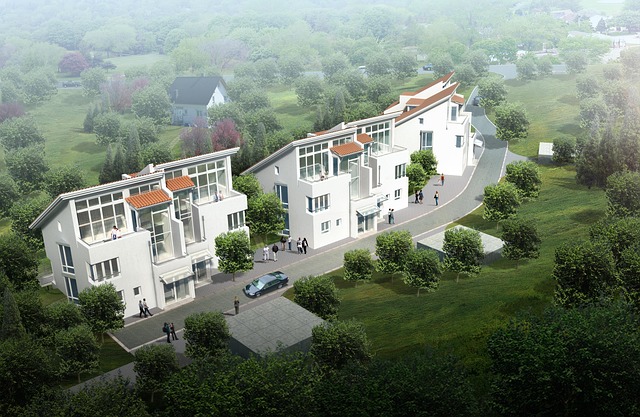3D modeling and rendering transform manufacturing by providing digital blueprints for product development, enhancing communication, streamlining workflows, reducing costs, and enabling early issue identification. Advanced rendering techniques produce photorealistic visuals, facilitating informed decisions and market responsiveness. These innovations are revolutionizing prototyping, collaboration, and product visualization with AI integration promising further automation and design complexity.
“Discover the transformative power of mechanical and industrial 3D modeling in manufacturing and prototyping. This comprehensive guide explores the fundamentals of 3D modeling for creating intricate designs, enhancing visualization through rendering, and driving innovation. From understanding the core concepts to delving into industrial applications and future trends, this article provides valuable insights. Uncover how 3D modeling and rendering are revolutionizing product development, enabling faster prototyping and informed decision-making.”
Understanding 3D Modeling for Manufacturing
Three-dimensional (3D) modeling and rendering are indispensable tools in modern manufacturing and prototyping, enabling designers and engineers to visualize and refine products before they go into production. This process starts with creating digital representations of physical objects using specialized software, capturing every detail from dimensions to textures. These models serve as blueprints for subsequent stages, such as computer-aided design (CAD), allowing for accurate simulations and stress testing.
3D modeling facilitates the creation of intricate prototypes, which are crucial for validating designs, identifying potential issues, and optimizing performance. By leveraging rendering techniques, manufacturers can produce photorealistic images and animations that accurately depict the final product, enhancing communication among stakeholders and facilitating informed decision-making. This integrated approach streamlines workflows, reduces development times, and ultimately contributes to more efficient and cost-effective manufacturing processes.
Industrial Applications and Prototyping
Industrial applications benefit immensely from 3D modeling and rendering, providing a powerful tool for visualizing and designing complex structures and components. It enables engineers and designers to create detailed digital prototypes before physical production, allowing them to identify potential issues and make informed decisions. This process streamlines manufacturing workflows, reducing time and costs associated with iterative design changes.
3D modeling offers a versatile platform for prototyping, from conceptual designs to functional prototypes. Manufacturers can swiftly iterate and refine products, incorporating feedback and market demands. Advanced rendering techniques further enhance this process by producing photorealistic images and animations, making it easier to communicate product ideas and features to stakeholders and clients.
Rendering: Visualizing Design Potential
Rendering is a crucial aspect of 3D modeling, allowing designers and engineers to visualize their creations in a lifelike manner. It transforms technical drawings into captivating images or animations, offering a glimpse into the design’s potential before it enters the manufacturing phase. With advanced rendering techniques, professionals can explore different materials, textures, lighting conditions, and even simulate real-world environments, ensuring that the final product meets expectations.
This process plays a pivotal role in decision-making, as it helps identify design flaws or aesthetic issues early on. By presenting 3D models with photorealistic rendering, stakeholders gain a better understanding of the product’s form, function, and visual appeal, fostering more informed discussions and potentially saving time and resources during prototyping and manufacturing.
Advantages and Future of Mechanical 3D Modeling
Mechanical 3D modeling offers a multitude of advantages for manufacturing and prototyping, revolutionizing the way products are designed and developed. Firstly, it enables precise visualization and simulation of complex mechanical systems before they’re physically built. This allows designers to identify potential issues early on, reducing costly revisions later in the process. Additionally, 3D models facilitate collaboration among teams, as they provide a shared digital platform for discussions and iterations.
Looking ahead, the future of mechanical 3D modeling is promising with advancements in rendering techniques. Real-time rendering and ray tracing are enhancing visual accuracy, making models nearly indistinguishable from physical prototypes. This not only improves presentation and communication but also streamlines feedback loops. Furthermore, integration with AI and machine learning promises to automate various aspects of modeling, further increasing efficiency and enabling more intricate designs to be explored within tighter timeframes.
Mechanical and industrial 3D modeling, with its powerful applications in manufacturing and prototyping, has revolutionized product development. From enhancing design visualization through rendering to unlocking numerous advantages for mechanical engineering, this technology is reshaping industries. As we look ahead, the future of 3D modeling and rendering promises even greater efficiency, precision, and creativity, paving the way for innovative solutions across various sectors.
